The kitchen is one of the most frequently used spaces in any home, but it may also be one of the most dangerous. From outdated materials to overlooked cleaning habits, several common kitchen items could be putting your health at risk. As research evolves, experts continue to warn against certain cookware, food storage methods, and cleaning routines that harbor bacteria or leach harmful chemicals. If you want to create a safer, healthier kitchen in 2025, it’s time to take a closer look at these 13 hidden hazards.
1. Nonstick Cookware with PFAS Coatings
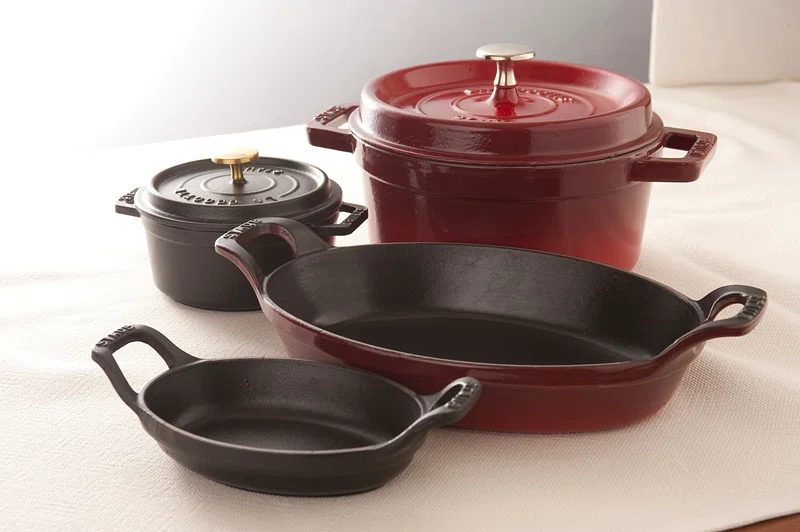
Nonstick pans have long been a kitchen staple, but many contain per- and polyfluoroalkyl substances (PFAS), also known as “forever chemicals.” These compounds are linked to serious health conditions, including hormonal imbalances, liver damage, and an increased risk of cancer. When nonstick coatings break down or are heated at high temperatures, they can release toxic fumes that may be harmful when inhaled. In 2025, as new regulations emerge, many consumers are switching to safer alternatives such as ceramic, cast iron, or stainless steel.
While some brands have moved away from PFAS, many older nonstick pans still contain these hazardous materials. Even if a pan looks intact, tiny scratches can release chemicals into your food over time. If you’re unsure about your cookware, check labels for terms like “PFAS-free” or research brands that prioritize non-toxic materials. To keep your kitchen safe, consider replacing nonstick pans that show signs of wear and avoiding high-heat cooking with them altogether.
2. Plastic Food Containers with BPA and Phthalates
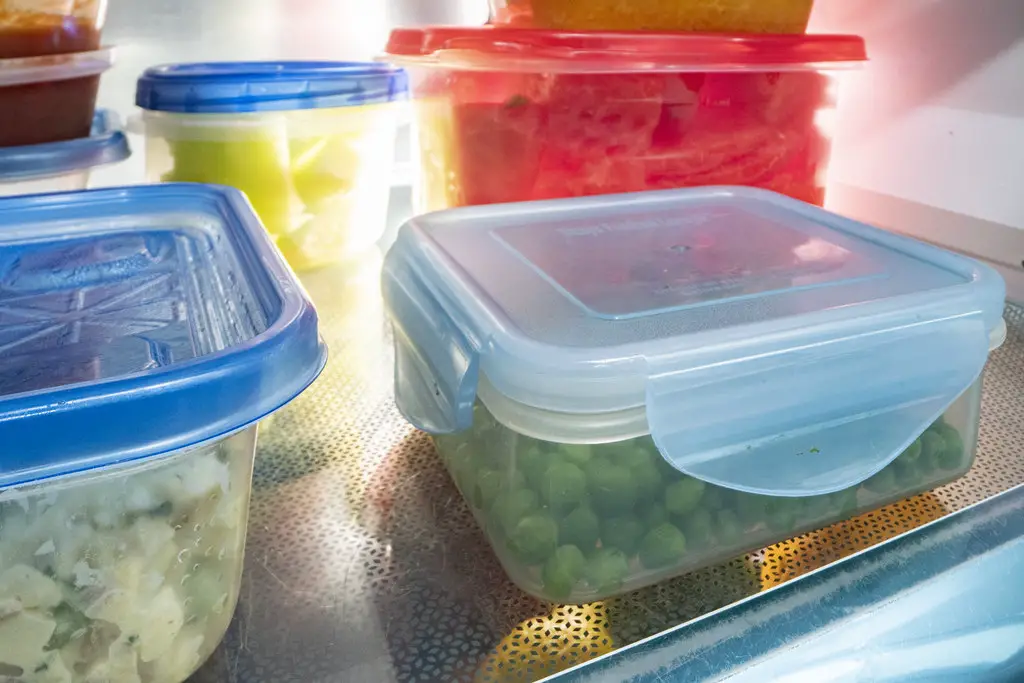
Plastic food storage containers are convenient, but they often contain bisphenol A (BPA) and phthalates, both of which can leach into your meals. These chemicals are endocrine disruptors, meaning they interfere with hormone function and have been linked to fertility issues, metabolic disorders, and certain cancers. The risk increases when plastic containers are heated in the microwave, exposed to acidic foods, or scratched from repeated use. In 2025, as more research highlights the dangers of BPA, many households are making the switch to safer alternatives like glass or silicone.
Even BPA-free plastics may not be entirely safe, as some replacement chemicals can have similar effects on the body. Over time, plastic degrades, making it more likely to release harmful substances into food and beverages. If you still use plastic containers, avoid microwaving them, and replace them if they become worn or stained. A simple investment in glass storage containers can significantly reduce your exposure to these hidden toxins.
3. Expired Spices and Seasonings
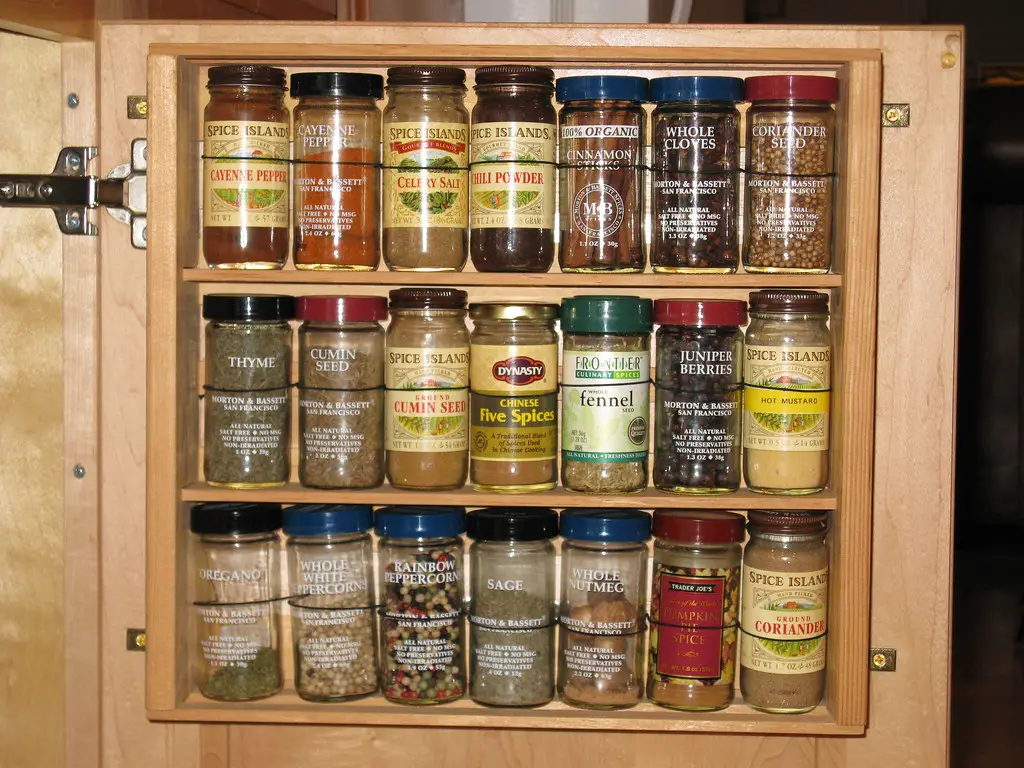
Many people assume that spices last forever, but over time, they lose potency and can become a breeding ground for mold and bacteria. Some spices, especially those stored in warm or humid conditions, may develop toxic compounds like aflatoxins, which are linked to liver damage and cancer. Ground spices tend to degrade faster than whole spices, with some losing flavor and freshness in as little as six months. Using expired seasonings may not always make you sick, but it can reduce the quality and safety of your meals.
To ensure your spices remain fresh and safe, store them in airtight containers away from heat, moisture, and direct sunlight. Labeling jars with purchase dates can help you track their freshness and avoid unknowingly using expired ingredients. Investing in small quantities of high-quality spices instead of buying in bulk can also minimize waste and keep your meals flavorful. If you notice a musty smell, faded color, or clumping, it’s time to replace your spices.
4. Reusable Grocery Bags That Aren’t Washed

Reusable grocery bags are great for reducing plastic waste, but they can also harbor bacteria if not cleaned properly. Studies have found that unwashed bags frequently carry harmful pathogens like E. coli and Salmonella, which can transfer to fresh produce, meat, and packaged foods. These bacteria thrive in the warm, dark environment of a folded bag, especially if there are food residues inside. Without regular washing, reusable bags may actually increase your risk of foodborne illness.
To prevent contamination, make it a habit to clean fabric bags after every use, especially if they’ve carried raw meat or dairy products. Machine-washable bags should be laundered in hot water, while insulated or plastic-lined bags can be wiped down with disinfectant. Using separate bags for meats, produce, and dry goods can further reduce cross-contamination risks. Storing bags in a clean, dry area rather than leaving them in a warm car will also help prevent bacterial growth.
5. Wooden Cutting Boards with Deep Grooves
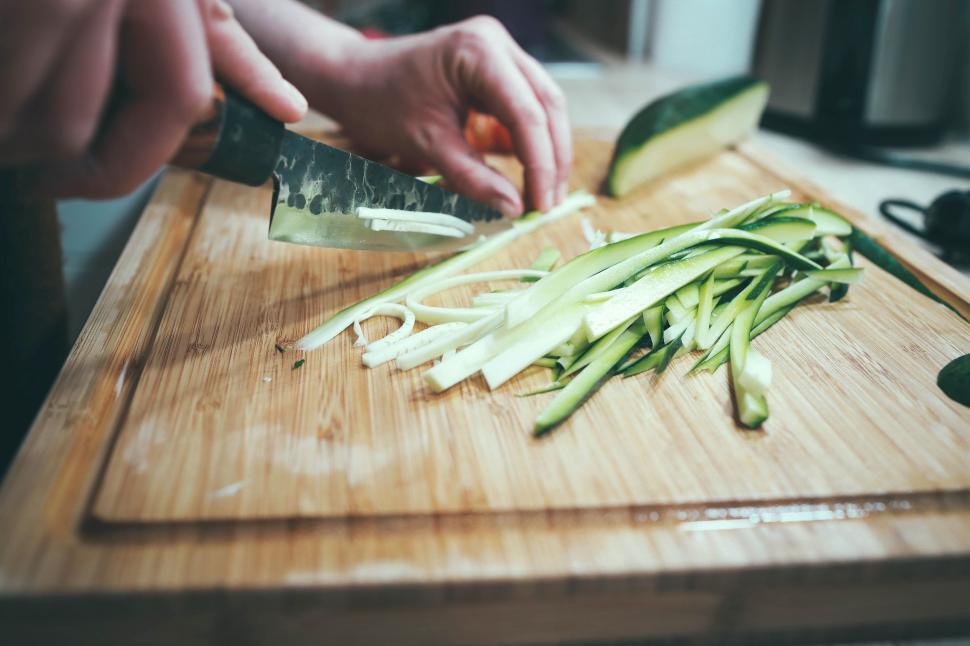
Wooden cutting boards are a popular choice due to their durability and aesthetic appeal, but they can become a hidden health hazard over time. Deep knife grooves create the perfect environment for bacteria, as food particles and moisture get trapped in the cuts. Even thorough washing may not be enough to remove harmful pathogens, increasing the risk of cross-contamination. Raw meat, fish, and poultry pose the highest risk, as bacteria like Salmonella and Listeria can linger in the crevices.
Regularly sanitizing wooden boards with vinegar or hydrogen peroxide can help reduce bacterial buildup, but heavily worn boards should be replaced. To extend the lifespan of your cutting boards, use separate boards for meats and vegetables and avoid soaking them in water. Some experts recommend switching to bamboo boards, which are naturally antimicrobial and more resistant to deep knife grooves. If you prefer wood, make sure to oil it regularly to maintain its integrity and prevent excessive cracking.
6. Moldy Coffee Makers and Water Dispensers

Your coffee maker might be brewing more than just caffeine—it could also be harboring mold, yeast, and bacteria. Many people overlook cleaning their machines regularly, leading to a buildup of harmful microbes in the water reservoir, spout, and internal tubing. Over time, these contaminants can enter your drink, potentially causing digestive issues or respiratory problems. The warm, damp environment inside coffee makers and water dispensers makes them ideal breeding grounds for bacteria.
To prevent contamination, experts recommend cleaning your coffee maker at least once a month using a vinegar or descaling solution. Removable parts should be washed frequently with hot, soapy water to eliminate bacteria buildup. Water dispensers should also be scrubbed regularly, especially if they contain filters that can trap harmful particles. If you notice a musty smell, mold growth, or an odd taste in your coffee or water, it’s time for a deep clean.
7. Dish Sponges and Dishcloths Full of Bacteria
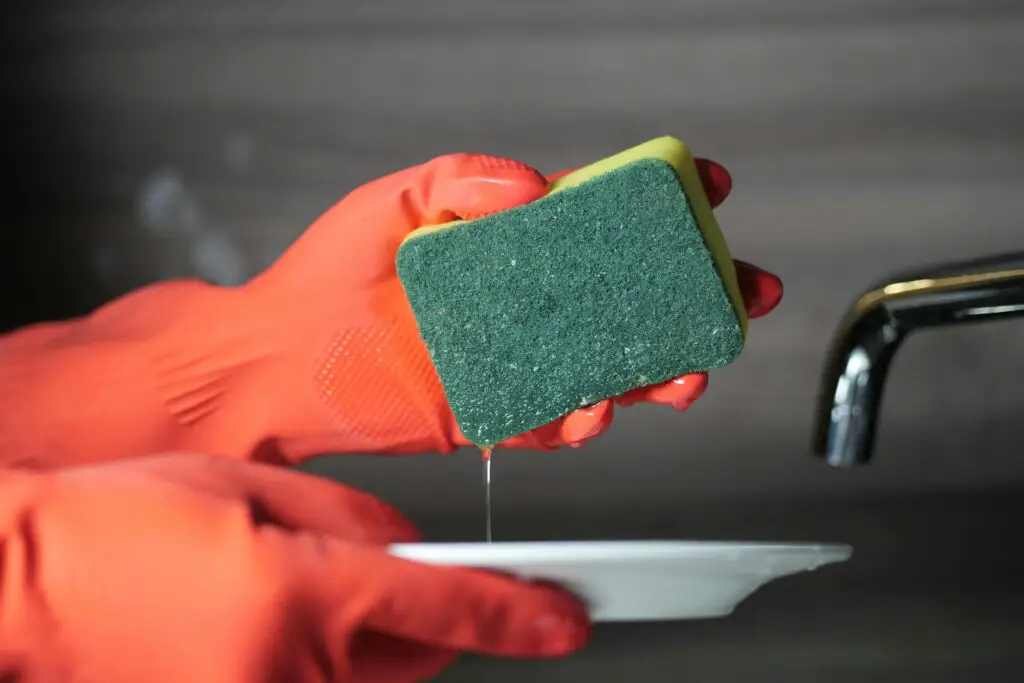
Dish sponges and dishcloths may seem harmless, but they are some of the dirtiest items in your kitchen. Studies have shown that sponges can harbor thousands of bacteria per square inch, including E. coli and Salmonella. Because they remain damp for long periods, they create the perfect breeding ground for harmful microbes. Even if they don’t look dirty, using the same sponge for too long can spread bacteria across your dishes and countertops.
To keep your kitchen safe, replace your sponges every one to two weeks and disinfect them regularly. Microwaving a damp sponge for a minute or soaking it in a vinegar solution can help kill bacteria. If you prefer reusable dishcloths, wash them in hot water daily and allow them to dry completely before using them again. Switching to silicone scrubbers or antibacterial sponges can also reduce the risk of spreading germs.
8. Old or Reused Aluminum Foil
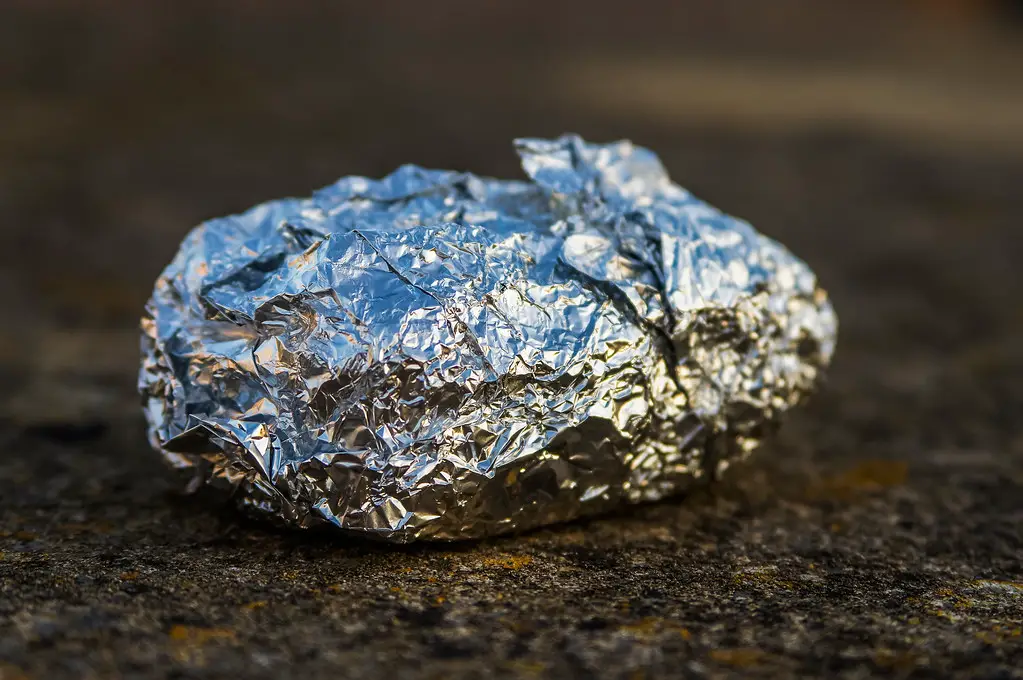
Many people reuse aluminum foil to save money and reduce waste, but doing so can pose serious health risks. Over time, used foil can become contaminated with bacteria from previous food exposure, especially if it wasn’t cleaned properly. Even new aluminum foil may leach small amounts of metal into food, particularly when used with acidic ingredients like tomatoes or citrus. Research suggests that excessive aluminum exposure may contribute to neurological disorders, making it a growing concern in 2025.
To minimize risk, avoid reusing aluminum foil, especially if it has been in contact with raw meat or high-moisture foods. If you must use foil for cooking, opt for parchment paper as a barrier when roasting acidic foods. Some people are switching to reusable silicone baking mats as a safer, more environmentally friendly alternative. Proper storage—keeping foil dry and away from strong-smelling foods—can also help prevent contamination.
9. Grease and Grime Buildup on Range Hoods
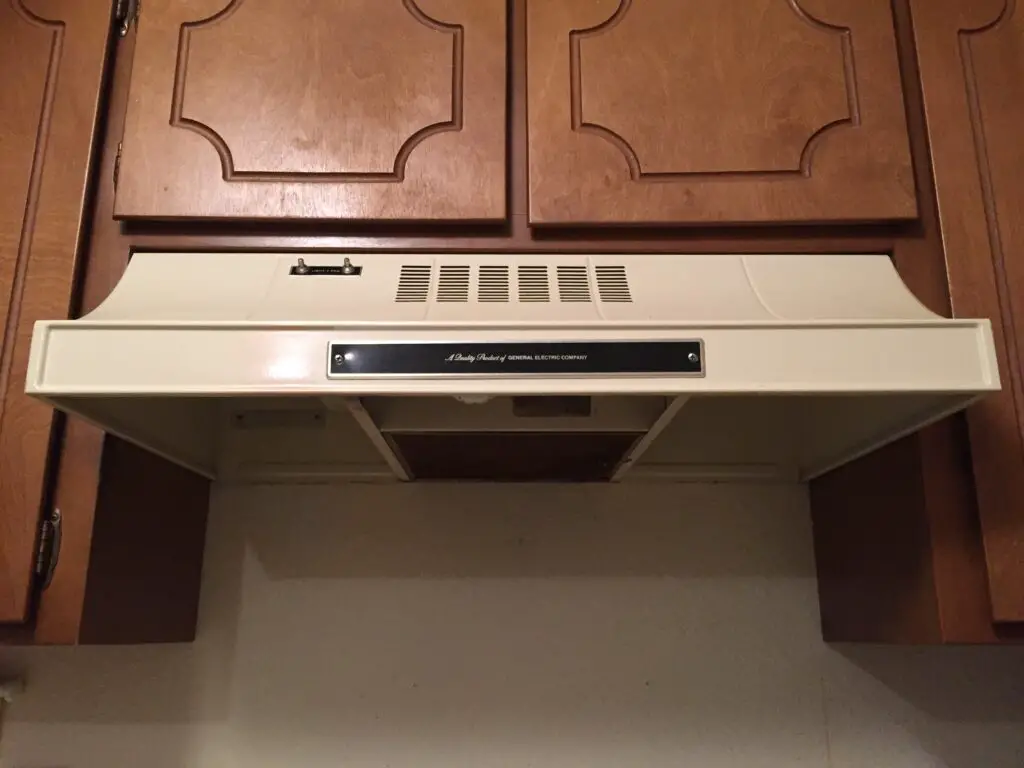
The range hood above your stove is designed to trap smoke, grease, and airborne particles, but it can become a major health hazard if not cleaned regularly. Over time, grease accumulates on the filters and fan blades, creating a sticky layer that can harbor bacteria and mold. In addition to contaminating the air in your kitchen, built-up grease increases the risk of fire, especially when exposed to high heat. Many homeowners forget to check or replace range hood filters, leading to poor ventilation and unhealthy air quality.
To keep your range hood functioning properly, clean the filters at least once a month with hot, soapy water or a degreaser. Some filters are dishwasher-safe, making maintenance easier. If you notice excessive smoke, lingering cooking odors, or visible grease stains, it may be time for a deep clean. Regular upkeep not only improves air circulation but also reduces the risk of grease fires and airborne contaminants.
10. Unfiltered Tap Water with Microplastics
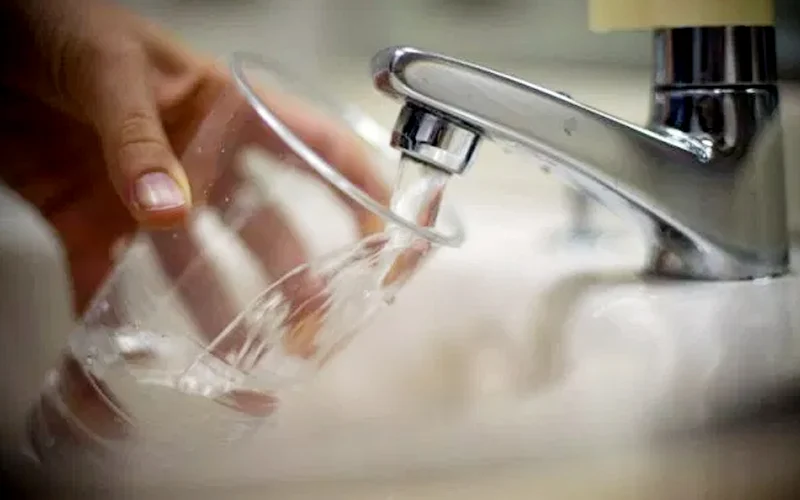
Many people assume that tap water is safe, but recent studies have found alarming levels of microplastics in drinking water worldwide. These tiny plastic particles come from degraded packaging, water pipes, and industrial pollution, and they are nearly impossible to filter out without specialized equipment. Microplastics have been linked to inflammation, hormonal disruptions, and potential long-term health risks. In 2025, with growing concerns about environmental toxins, more households are reconsidering their water sources.
To reduce exposure, invest in a high-quality water filtration system that removes microplastics and other contaminants. Look for filters certified to remove not only chlorine and heavy metals but also microplastics, which standard filters may not catch. Bottled water isn’t always a safer option, as many brands have also tested positive for plastic particles. Glass or stainless steel water storage and filtering tap water at home remain the best options for reducing exposure.
11. Silicone Bakeware That’s Breaking Down
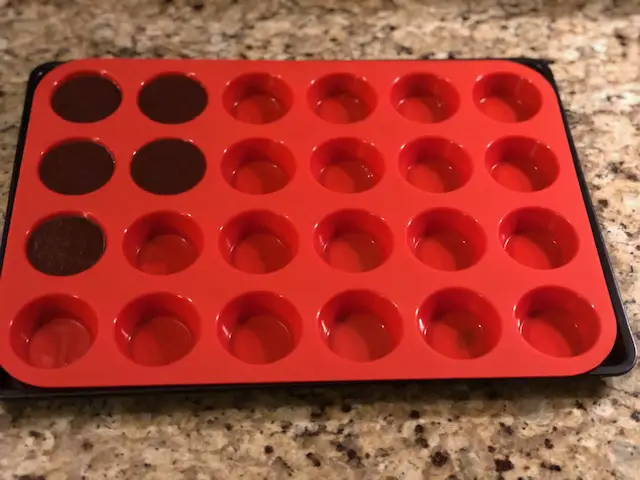
Silicone bakeware has become a popular nonstick alternative, but not all silicone products are created equal. Low-quality silicone can break down over time, releasing chemicals into food, especially when exposed to high temperatures. Some cheaper silicone bakeware may contain plastic fillers that degrade faster and leach harmful substances. If your silicone molds or baking mats have become sticky, discolored, or cracked, they may no longer be safe to use.
To ensure your silicone bakeware remains safe, choose products labeled as “food-grade” or “platinum-cured.” Avoid exposing silicone to temperatures higher than recommended by the manufacturer, as overheating can accelerate breakdown. Regularly inspect your bakeware for signs of wear, and replace it if it becomes misshapen or develops an unusual odor. Switching to stainless steel or ceramic bakeware can be a safer, more durable alternative.
12. Refrigerator Drawers Harboring Hidden Mold
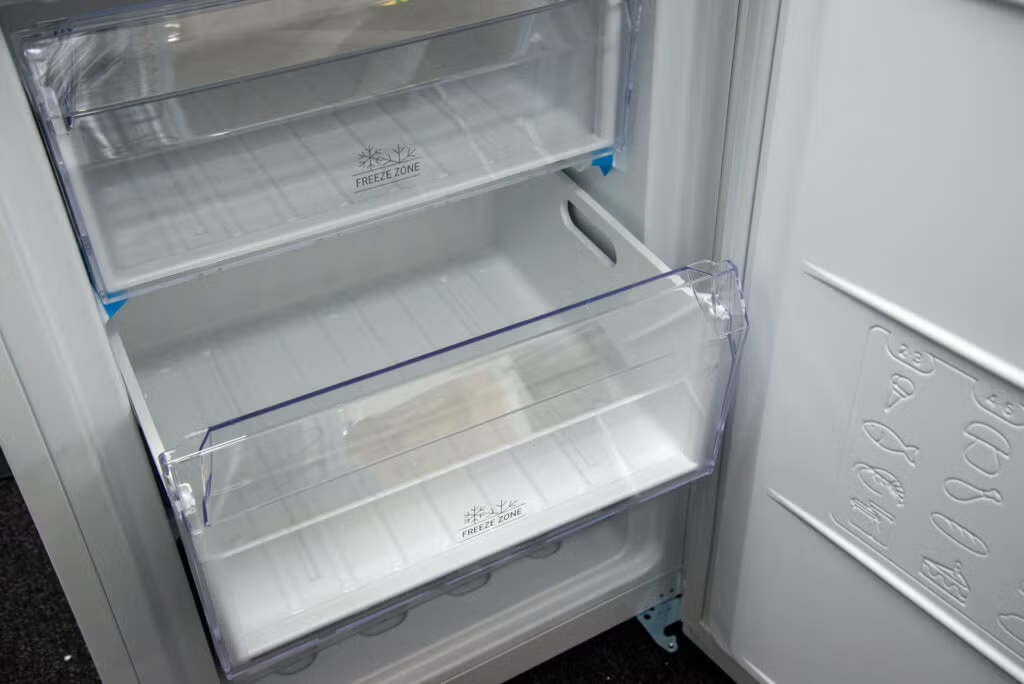
The produce and meat drawers in your refrigerator may look clean, but they are often hotspots for mold, bacteria, and foodborne pathogens. Moisture buildup from fruits, vegetables, and raw meat juices creates an ideal environment for bacteria like Listeria to thrive. If these drawers aren’t cleaned regularly, they can contaminate fresh food, increasing the risk of illness. Many people only wipe down shelves and forget about deep cleaning drawers, making them a hidden hazard.
To keep your fridge safe, remove and wash the drawers with hot, soapy water at least once a month. Using a diluted vinegar or hydrogen peroxide solution can help eliminate mold and bacteria. Avoid storing raw meats directly in drawers—place them in sealed containers to prevent cross-contamination. Keeping produce dry and using paper towels to absorb excess moisture can also help reduce mold growth.
13. Leftover Cooking Oil Stored Incorrectly

Many home cooks save used cooking oil to reuse for frying, but improper storage can make it a health risk. Reheated oil can develop harmful compounds like trans fats and aldehydes, which are linked to inflammation and cardiovascular disease. If left exposed to air, light, or moisture, used oil can become rancid and develop toxic byproducts. In 2025, with increased awareness of oil degradation, more people are reconsidering how they store and reuse cooking oils.
To store oil safely, strain it through a fine-mesh sieve to remove food particles and keep it in an airtight container away from heat and sunlight. Never mix fresh oil with old oil, as this can accelerate spoilage. If oil develops an off smell, dark color, or thick texture, it’s time to discard it. Using fresh, high-quality oils and avoiding excessive reuse can help reduce the health risks associated with rancid cooking fats.
